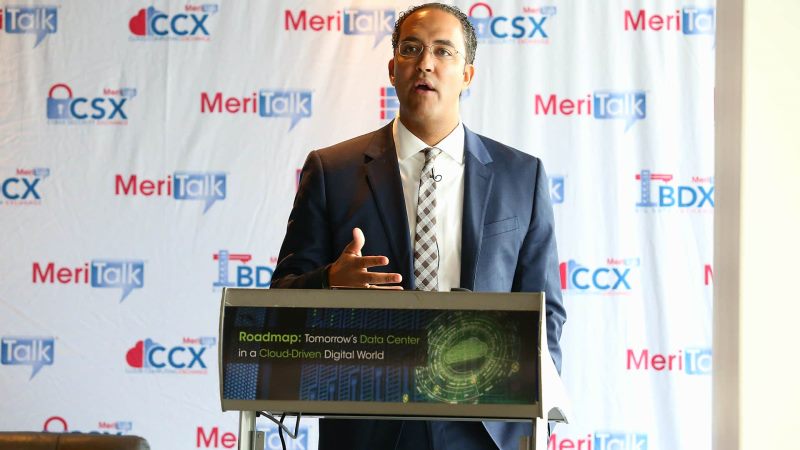
Two lawmakers and a government leader central to Federal agency IT modernization efforts said Wednesday that the means to improve substandard FITARA (Federal Information Technology Acquisition Reform Act) scorecard grades are readily available and simple to achieve for many government agencies.
After a third consecutive period of grade reductions culminating in the issue of FITARA Scorecard 6.0, Reps. Gerry Connolly, D-Va., and Will Hurd, R-Texas, and Dave Powner, director of IT management issues at the Government Accountability Office (GAO), said at a hearing of House Oversight and Government Reform subcommittees that three distinct steps by agencies would significantly improve grades across the Federal government. And they said those changes would not require substantial investment or time to accomplish.
“We’ve identified the low-hanging fruit which would improve grades across the table,” Connolly said. “As GAO will testify later, if all agencies do the basic tasks of: one, ensuring that the CIO reports to the head of the agency as outlined in FITARA; two, establish a working capital fund pursuant to the MGT Act; and three, create a software license inventory as required by the MEGABYTE Act, the grades for today’s hearing would change. There would be five A’s, 14 B’s, 5 C’s, and no D’s or F’s.”
Changes in those three categories would yield grade bumps for almost every single agency, including nine currently graded at D or below. Powner later confirmed Connolly’s projected score improvements, and said the three suggested changes can and need to come quickly.
“These three actions and associated grades are doable by the next scorecard,” Powner said.
Agencies were given an automatic letter-grade deduction in Scorecard 6.0 if their agency CIO does not report to the secretary or deputy secretary of the agency, affecting nine agencies.
Connolly lauded the three agencies–the Department of Housing and Urban Development, the National Science Foundation, and the Small Business Administration–that enacted the CIO reporting change since the last scorecard, and said the mandate to bring the remaining nine agencies along has now arrived.
“I hope that with the issuance of the recent executive order on CIOs which requires agencies to make this simple organizational change, all agencies will now move quickly to implement the necessary change so that their CIOs report to the head of the agency,” Connolly said.
“We haven’t heard any reason, any reasonable reason, why this shouldn’t be changed immediately,” Hurd said.
On the working capital fund front, agencies were given an A if they have established an MGT Act-specific working capital fund, and a B if they planned to establish one in 2018 or 2019. No A’s were present on the scorecard, and only three B’s.
“The bottom line here is not enough agencies are committed to establishing working capital funds, although there does seem to be a solid commitment from DHS, Labor, and SBA,” Powner said, noting that the funds will substantiate further savings in other FITARA categories.
Regarding the third change–comprehensive software licensing inventories under the MEGABYTE Act–Powner noted that since Scorecard 4.0 was issued in early 2017, seven more agencies have created catalogs of the software they own.
“This year alone we expect $340 million [of savings] government-wide from consolidating these licenses,” Powner said. “That’s three-and-a-half times the central Technology Modernization Fund.”
